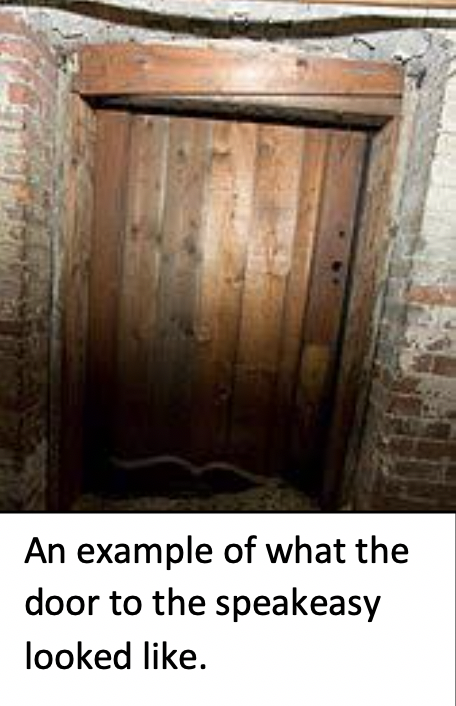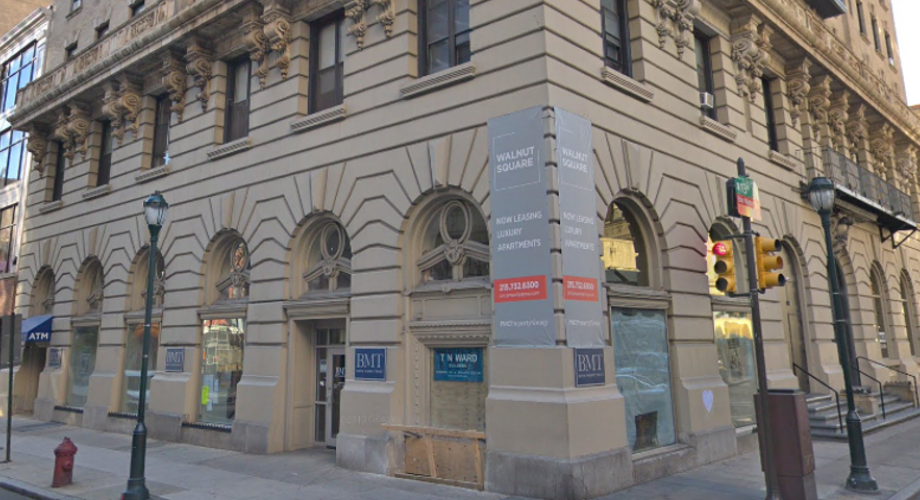Crawling into what the facilities manager referred to as “the catacombs” is not exactly what you would expect when doing work on a bank in the 21st century. This is exactly the type of work you should imagine though when working in the heart of Philadelphia, one of the oldest municipalities in the U.S rich with history and, a lot of structural unknowns.
Bala’s Structures Team was commissioned to upgrade two levels of space for Bryn Mawr Trust within an old building on the corner of Walnut and 13th street in Philadelphia. This included adding a single-story elevator to the space. Typically, elevators are designed to go down to grade and into a pit. When our engineers surveyed the space where the elevator was to be placed, they discovered an extra utility floor that was unknown to the owners. The utility floor was followed by a crawl space which led to an abandoned entrance to what we thought could be an old, abandoned speakeasy! Sadly, we could not get in to confirm.

Although very intriguing, this new floor posed a major structural problem for our team. A rapid solution was needed to secure the elevator above this old structure and keep the project on schedule. Our team designed the elevator pit by re-using the historic steel and then spidered the pit around the occupied area to the underlying steel which was meticulously analyzed to ensure that it could safely support he impact loads of the elevator.
Because the elevator was above an occupied space, i.e. the utility floor and unknown crawl space, a drop test was needed to ensure the structure and elevator was installed correctly. A drop test is when the elevator is literally dropped from its highest point to test that it’s braking mechanisms and structural slab stop it from damaging anything around or underneath it – this is required for any elevator above an occupied space. These tests are very satisfying for structural engineers because we see the immediate success of our designs. When designing a building to their ultimate design loads that are prescribed by code, such as hurricanes or earthquakes, the building won’t actually undergo these stresses for years, if not decades. Only until the maximum considered earthquake or the maximum 3 second wind gust arrives at the building will it be a test day. The drop test proved successful.
When working on building renovations in Philadelphia, there is no doubt that you will enter into some of the most historic buildings that have been modified many times over during their life and still hold secrets to be uncovered. Although challenging, these projects leave us with countless interesting stories to share and present opportunities to use innovative thinking to solve a difficult problem.

